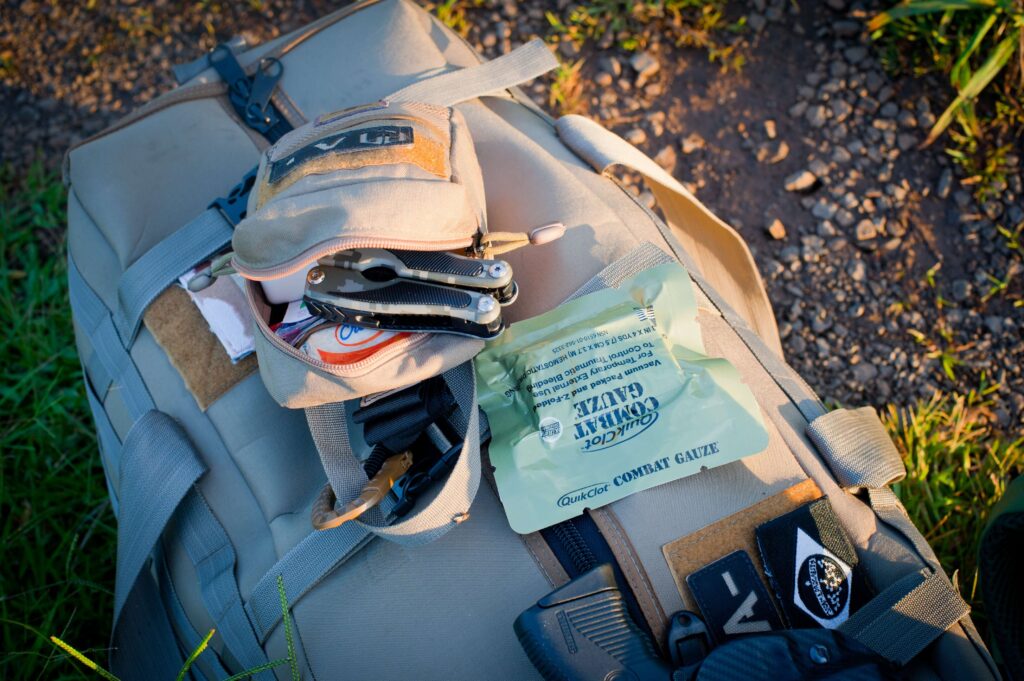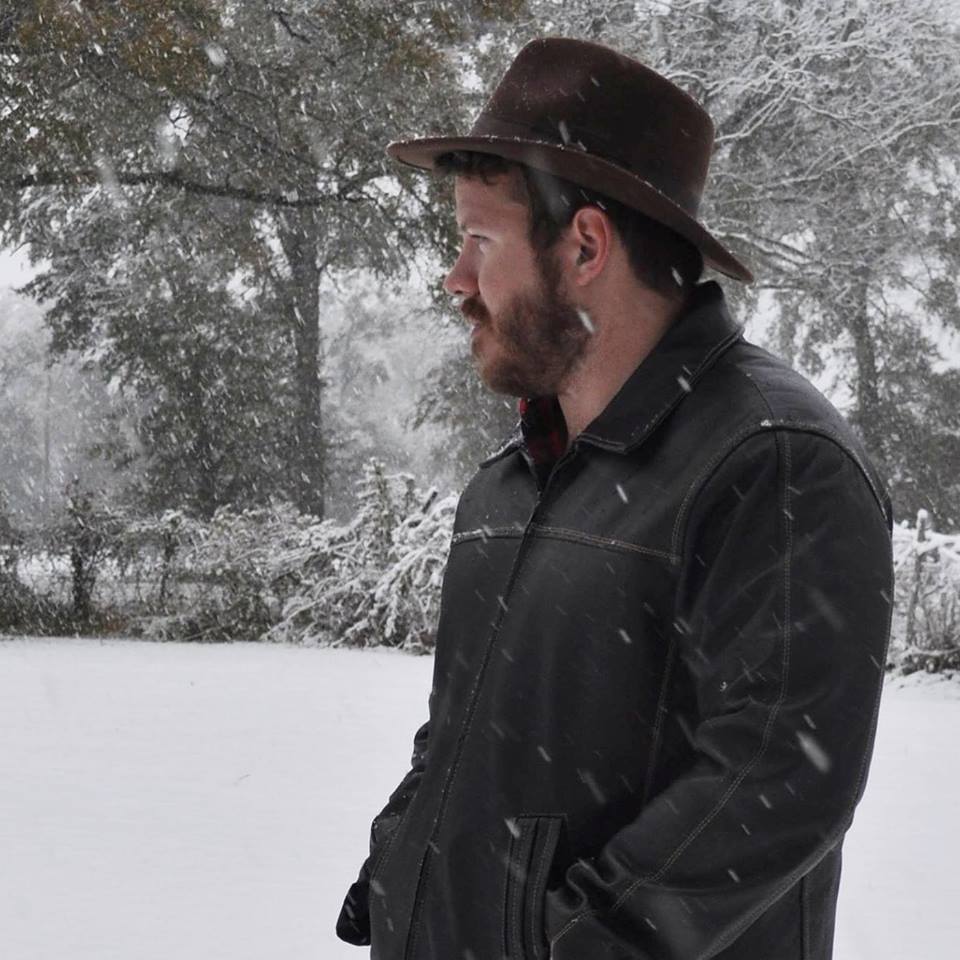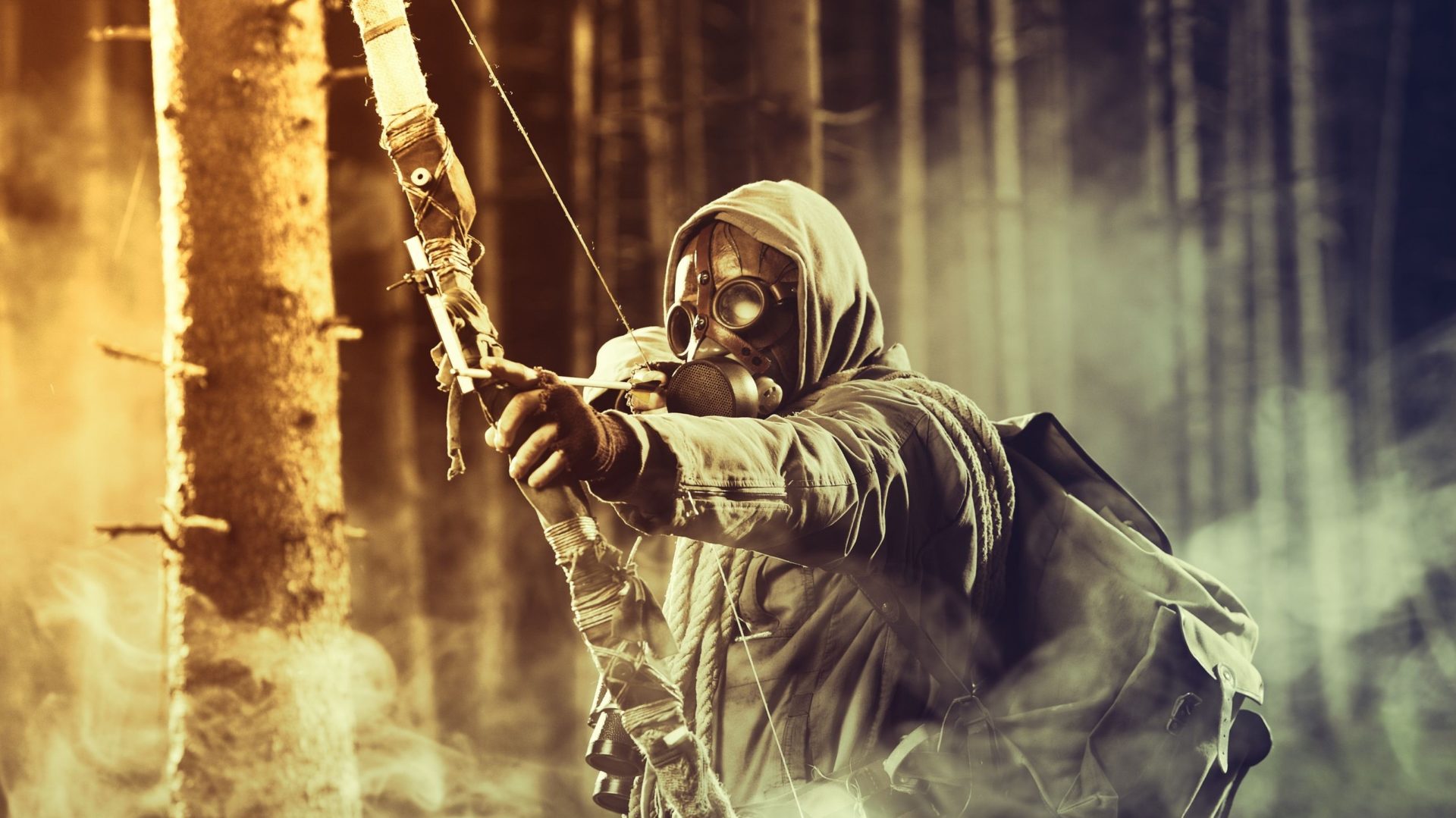Tornadoes are one of the most destructive natural disasters that can strike without warning. These violent storms can cause extensive damage to property and put lives at risk. However, with the proper knowledge and preparation, you can stay safe during a tornado. This article will provide tips and best practices to help you prepare for a tornado and survive the storm.
Tornadoes are a powerful and unpredictable force of nature that can strike without warning, causing widespread destruction and putting lives at risk. While it is impossible to eliminate the risk of a tornado, there are steps you can take to stay safe and minimize the damage to your home and property. By being prepared and knowing what to do during a tornado, you can help protect yourself, your loved ones, and your community from the potentially devastating effects of these storms. This article will cover tips and best practices for staying safe during a tornado, including what to do before, during, and after the storm.
Before the Storm
The key to staying safe during a tornado is preparation. Here are some tips to help you prepare before the storm hits:
Know the Risks
Tornadoes can occur anywhere in the world, but some regions are more prone to tornadoes than others. Knowing if you live in a tornado-prone area and familiarizing yourself with the risks is essential. The central and southern states are at higher risk for tornadoes in the United States. Keep an eye on the weather forecast and listen for tornado warnings issued by local authorities.
Tornadoes can occur in any state in the United States, but certain regions are more prone to tornado activity. The central part of the country, often referred to as “Tornado Alley,” is a particularly high-risk area for tornadoes. This region includes parts of Texas, Oklahoma, Kansas, Nebraska, South Dakota, North Dakota, Iowa, Missouri, Arkansas, and Louisiana. Other areas prone to tornadoes include the Southeast, including Alabama, Georgia, Tennessee, the Midwest, and the Ohio Valley. It is important to remember that tornadoes can occur anywhere, at any time, so it is crucial to be prepared and know what to do in an emergency.

Create an Emergency Kit
In case of a tornado, it is crucial to have an emergency kit prepared in advance. Pack an emergency kit with essentials such as water, non-perishable food, first-aid supplies, and a flashlight. Keep important documents, such as passports and insurance papers, in a safe place to easily access.
Creating an emergency kit is an essential part of preparing for a tornado. Your kit should include basic supplies such as food, water, and medications for at least 72 hours. Other important items are a first aid kit, a flashlight with extra batteries, a portable phone charger, and a survival kit with items like blankets, matches, and a multi-tool. If you have pets, remember to include supplies, such as food, water, and medications. Keep your emergency kit or bug-out bag in a designated spot in your home, such as a closet or basement, and ensure everyone knows where it is. By being prepared with an emergency kit, you can help ensure that you and your family have the supplies you need to stay safe and comfortable during and after a tornado.
Secure Your Home
Fierce winds and flying debris can cause extensive damage to homes during a tornado. Take steps to secure your home before the storm hits. Install storm shutters or reinforce your windows with plywood. Clear your yard of loose objects that could become projectiles in high winds.
One of the most important things you can do to stay safe during a tornado is to stay informed and aware of the latest weather updates and warnings. A reliable source of information is a weather radio, which can automatically alert you to severe weather warnings and provide updates on the storm’s location and intensity. Consider investing in a weather radio with a crank or solar power source, such as a solar crank radio, to stay connected even if the power goes out. Make sure to keep extra batteries or a charging cable on hand to keep your radio powered up in case of an extended power outage. By staying informed and prepared, you can help ensure you and your family stay safe during a tornado.
During the Storm
Knowing what to do to stay safe is crucial when a tornado strikes. Follow these tips to protect yourself during the storm:
Seek Shelter
The safest place to be during a tornado is in a well-built structure. Find a safe room in your home, such as a basement or interior room without windows. Consider building a tornado shelter if you live in an area prone to tornadoes. Follow the designated tornado safety procedures in a public place, such as a school or office building.
When a tornado is approaching, seeking shelter in a sturdy and secure location is essential as quickly as possible. The best place to go is an underground shelter, such as a basement or storm cellar. If you cannot access an underground shelter, go to an interior room on the lowest level of your home, such as a bathroom or closet, and stay away from windows. Avoid seeking shelter in mobile homes, as they are particularly vulnerable to tornadoes and provide little protection. If you are outside and unable to get to a sturdy building, lie flat in a low-lying area and cover your head with your hands. It is important to remember that no shelter is entirely foolproof and that the safest course of action is to stay alert, stay informed, and be ready to act at a moment’s notice.
Protect Yourself
Protecting yourself from flying debris is crucial, even in a safe room during a tornado. Cover your head and neck with your arms and a blanket or pillow. Stay low to the ground to avoid being knocked down by the winds.
Protecting yourself during a tornado is essential for staying safe. One of the most important things you can do is to cover your head and neck with your arms and a sturdy object, such as a blanket or pillow, to protect against flying debris. If you are in a building, stay away from windows, and get as low to the ground as possible, such as crouching or lying down in a small space. If you are in a vehicle, pull over to the side of the road and find a low-lying area to park in, such as a ditch or culvert, and then get out of the vehicle and lie flat, facing down, covering your head your hands. It is vital to stay alert and aware of the tornado’s movements and be ready to move to a safer location if necessary. By taking these steps, you can help protect yourself and reduce your risk of injury during a tornado.
Listen for Updates
Tornadoes can change direction and intensity quickly. Stay tuned to local news and weather updates for information on the storm’s path and any changes to the tornado warning. If you are, pull over to a safe location and tune in to a local radio station for updates.
Stay informed about the storm’s location, movement, and intensity during a tornado. One of the best ways to do this is by listening to updates on the radio. Many weather channels broadcast updates on severe weather, including tornadoes, such as The Weather Channel, AccuWeather, and NOAA Weather Radio. If you have access to a CB radio, you can tune into channel 9 for updates from the National Weather Service. It is essential to ensure your radio is powered by batteries or crank radio, as the power supply may be disrupted during a tornado. By staying tuned in to updates on the radio, you can stay informed and make the best decisions to protect yourself and your loved ones.

After the Storm
Once the storm has passed, taking the necessary steps to stay safe and recover from the tornado’s effects is essential.
Check for Injuries
Check yourself and others for injuries and seek medical attention if necessary. Be aware of hazards such as downed power lines and gas leaks. If you have been injured or damaged property, contact your insurance company immediately.
Assess Damage
After a tornado has passed, it is crucial to assess the damage and stay safe. Be careful when walking or driving around the affected area, as debris and downed power lines may pose a danger. If you come across a downed power line, assume it is live and stay at least 30 feet away, alert authorities, and warn others to stay away from the area until help arrives. Additionally, be cautious around damaged buildings, as they may be unstable and could collapse at any moment. It is important to wear sturdy shoes and protective clothing to minimize the risk of injury. As you assess the damage, note any potential hazards or safety concerns, and report them to the authorities as soon as possible.
In addition to assessing the damage, it is important to document it for insurance purposes. Take photos and videos of the damage, including any visible debris, broken windows, or damaged roofs. Make a list of damaged or destroyed items and keep any receipts or documentation if possible. This documentation can be crucial when filing an insurance claim, as it can help prove the extent of the damage and the things that were lost or damaged. Be sure to keep receipts for repairs or clean-up efforts, as these can also be included in your claim. By taking the time to document the damage, you can help ensure a smoother insurance claim process and get the help you need to recover from the tornado.

Tornado Safety for Pets and Livestock
Tornadoes can be just as dangerous for our furry friends and livestock as humans. When severe weather strikes, it is vital to have a plan in place to keep pets and animals safe. The first step is to bring pets indoors and ensure access to a secure, comfortable space away from windows and doors. If you have time, gather supplies like food, water, medications, and leashes, and keep them in a safe location. Ensure your pet wears identification tags or has a microchip in case they become lost during the storm.
For livestock, the best option is to bring them inside a sturdy barn or other building. If that is not possible, try to move them to a low-lying area away from trees and power lines. Make sure they have access to plenty of food and water and secure any loose items that could become dangerous projectiles in high winds. If you must evacuate, take your pets and livestock with you, orhave a plan to transport them to a safe location. Remember, pets and animals are counting on us to keep them secure during a tornado, so it is important to plan and be prepared.
Frequently asked questions about staying safe during a tornado:
Q: What should I do if I am caught outside during a tornado?
A: If you are caught outside during a tornado, seek shelter immediately in a sturdy building or lie flat in a low-lying area such as a ditch or culvert. Cover your head with your arms and a blanket or coat to protect yourself from flying debris.
Q: How can I stay informed about tornado warnings?
A: Stay tuned to local news and weather updates for information on tornado warnings. Consider investing in a weather radio that automatically alerts to severe weather warnings.
Q: Is it safe to open windows during a tornado?
A: No, opening windows during a tornado will not protect your home and could increase damage from flying debris. Instead, focus on securing your home and seeking shelter in a safe room.
Q: What should I do if I am driving during a tornado?
A: If driving during a tornado, seek shelter in a nearby sturdy building if possible. If you cannot find shelter, pull over to the side of the road and stay in your vehicle with your seatbelt on, crouched below the windows, and covered with a blanket or coat.
Q: How can I prepare for a tornado if I live in a mobile home?
A: If you live in a mobile home, it is important to have a plan in place for seeking shelter during a tornado. Consider finding a nearby sturdy building where you can take cover or invest in a tornado shelter specifically designed for mobile homes. Make sure loose items outside your mobile home that could become projectiles in high winds.
Q: What should I do if my home has been damaged in a tornado?
A: If your home has been damaged in a tornado, check for any injuries and seek medical attention if necessary. Take photos of the damage for insurance purposes and contact your insurance company as soon as possible. Follow any safety precautions, such as avoiding downed power lines or gas leaks, and seek help from local authorities if needed.

Jerome is an avid outdoorsman who moonlights as an attorney when he’s not creating the world’s greatest online content.
Related posts:
- Top Tips for Staying Warm During Winter Camping Trips […]...
- How to Prepare Your Home for a Natural Disaster […]...
- Surviving the Wild: A Guide to Thrilling Hiking Adventures in Bear Country […]...
- 5 Tips for Planning the Perfect Hiking Trip […]...
- Wincent Biometric Gun Safe for Pistols […]...
- 5 Reasons to Invest in a Nightstand Gun Safe […]...
- ReadyWise Emergency Food Supply – Surviving the Unexpected […]...
- 4 Tips for Investing in Land […]...
- 5 Tips for Choosing the Right Hiking Gear […]...
- Tips for Maintaining a Hunting Knife […]...
- Tips For Purchasing Hunting Land […]...
- The Ultimate Guide to Choosing the Perfect Gun Safe for Your Home […]...


